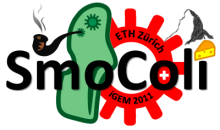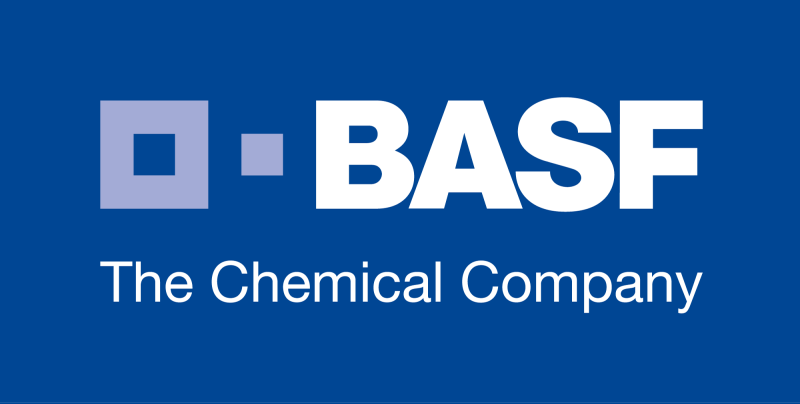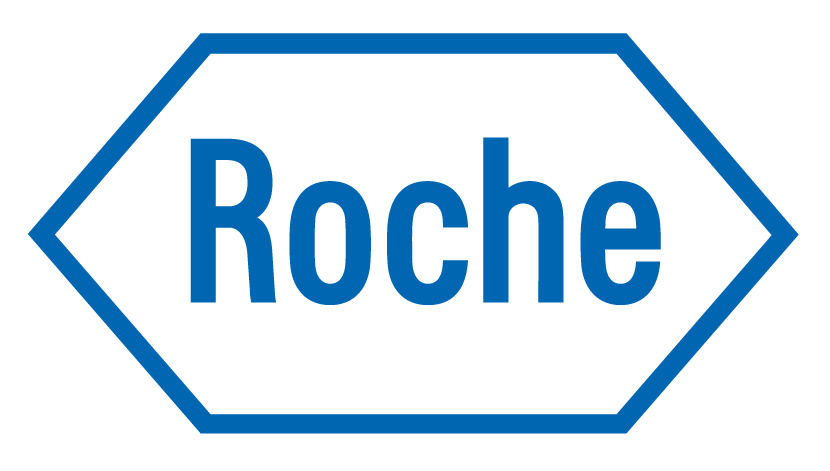Team:ETH Zurich/Modeling
From 2011.igem.org
| Line 1: | Line 1: | ||
| - | {{:Team:ETH Zurich/Templates/ | + | {{:Team:ETH Zurich/Templates/HeaderNew}} |
| - | { | + | {{:Team:ETH Zurich/Templates/SectionStart}} |
| - | + | = Modeling Overview = | |
| - | + | '''We created a computational three dimensional spatio-temporal model of the SmoColi smoke sensor in order to evaluate our network and channel designs. | |
| - | + | ||
| - | + | ||
'''We started our modeling efforts in designing a [[Team:ETH_Zurich/Modeling/SingleCell|single-cell model]] in Matlab, based on ordinary differential equations, which can be reliably used to predict the sensor, band-pass filter and alarm behaviour. | '''We started our modeling efforts in designing a [[Team:ETH_Zurich/Modeling/SingleCell|single-cell model]] in Matlab, based on ordinary differential equations, which can be reliably used to predict the sensor, band-pass filter and alarm behaviour. | ||
| Line 13: | Line 11: | ||
'''These modeling efforts were not only valuable in the decision process on how to [[Team:ETH_Zurich/Overview/CircuitDesign|design the overall network]], but also played a crucial role in the construction process of our [[Team:ETH_Zurich/Process/Microfluidics|microfluidic device]].''' | '''These modeling efforts were not only valuable in the decision process on how to [[Team:ETH_Zurich/Overview/CircuitDesign|design the overall network]], but also played a crucial role in the construction process of our [[Team:ETH_Zurich/Process/Microfluidics|microfluidic device]].''' | ||
| - | + | {{:Team:ETH Zurich/Templates/SectionEnd}} | |
| - | + | {{:Team:ETH Zurich/Templates/SectionStart}} | |
| - | + | ||
| - | { | + | |
| - | + | ||
== Roundup of Creating a 3D Spatio-Temporal Model== | == Roundup of Creating a 3D Spatio-Temporal Model== | ||
[[File:ETH codeExample.png|350px|left|thumb|Most of the modeling was done in Matlab. The 3D diffusion models were implemented using COMSOL.]] | [[File:ETH codeExample.png|350px|left|thumb|Most of the modeling was done in Matlab. The 3D diffusion models were implemented using COMSOL.]] | ||
| Line 29: | Line 24: | ||
These modeling efforts were not only valuable in the decision process on how to [[Team:ETH_Zurich/Overview/CircuitDesign|design the overall network]], but also played a crucial role in the construction process of our [[Team:ETH_Zurich/Process/Microfluidics|microfluidic device]]. | These modeling efforts were not only valuable in the decision process on how to [[Team:ETH_Zurich/Overview/CircuitDesign|design the overall network]], but also played a crucial role in the construction process of our [[Team:ETH_Zurich/Process/Microfluidics|microfluidic device]]. | ||
| - | + | {{:Team:ETH Zurich/Templates/SectionEnd}} | |
| + | {{:Team:ETH Zurich/Templates/HeaderNewEnd}} | ||
Revision as of 18:34, 25 October 2011
Modeling Overview
We created a computational three dimensional spatio-temporal model of the SmoColi smoke sensor in order to evaluate our network and channel designs.
We started our modeling efforts in designing a single-cell model in Matlab, based on ordinary differential equations, which can be reliably used to predict the sensor, band-pass filter and alarm behaviour.
In parallel to this effort we created a three dimensional dynamic reaction-diffusion model using the mechanical engineering software platform COMSOL. It gives information on if a gradient of the toxic molecule can be obtained.
With these two separate models most of the questions regarding biological implementation and channel design could already be answered. However, the AHL alarm system depends neither only on the intra-cellular, nor only on the inter-cellular state of the overall network, but on both. Therefore, we combined both models in a final step to create a three dimensional, temporal, molecular reaction diffusion model, which can reliably reproduce all important characteristics of our SmoColi smoke-detector.
These modeling efforts were not only valuable in the decision process on how to design the overall network, but also played a crucial role in the construction process of our microfluidic device.
Roundup of Creating a 3D Spatio-Temporal Model
Our goal was to create a large, spatiotemporal 3D reaction-diffusion model which reliably reproduces the molecular dynamics of a single cell, but also the population dynamics arising from the inter-cell communication with acetaldehyde, xylene and AHL. Since the gradients of these signaling molecules are not only sensed, but also created by the SmoColi cells in a cooperative manner, a single-cell model alone would not have been able to fully capture the dynamics of our synthetic microfluidic cellular smoke sensor device.
Nevertheless, we started our modeling efforts in designing a single-cell model based on ordinary differential equations. Although this single cell model can not answer any questions regarding the formation of the acetaldehyde, xylene and AHL gradients, it can be reliably used to predict if the sensor, band-pass filter and alarm system works, given that there is a spatial gradient of the signaling molecules.
In parallel to this effort we created a three dimensional dynamic reaction-diffusion model using the mechanical engineering software platform COMSOL. Different to the single cell model, this model cannot provide any answers regarding the dynamics inside each cell. However, it can give information on if a gradient of acetaldehyde or xylene can be obtained, given that the degradation rate of these molecules per cell does not depend on the state of the rest of the synthetic network.
With these two separate models most of the questions regarding biological implementation and channel design could already be answered. However, the AHL alarm system depends neither only on the intra-cellular, nor only on the inter-cellular state of the overall network, but on both. Therefore, we combined both models in a final step to create a three dimensional, temporal, molecular reaction diffusion model, which can reliably reproduce all important characteristics of our SmoColi smoke-detector.
These modeling efforts were not only valuable in the decision process on how to design the overall network, but also played a crucial role in the construction process of our microfluidic device.
 "
"





